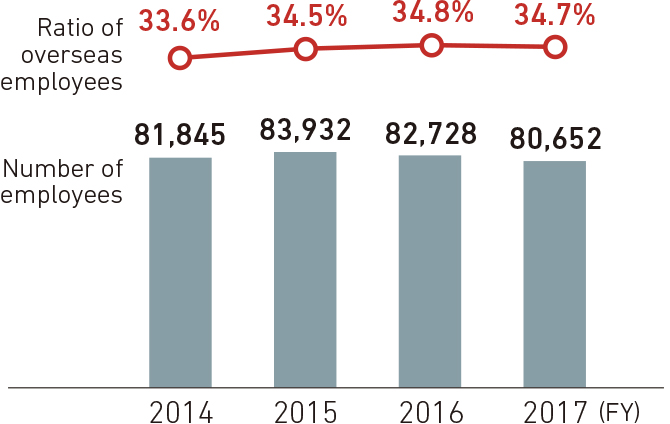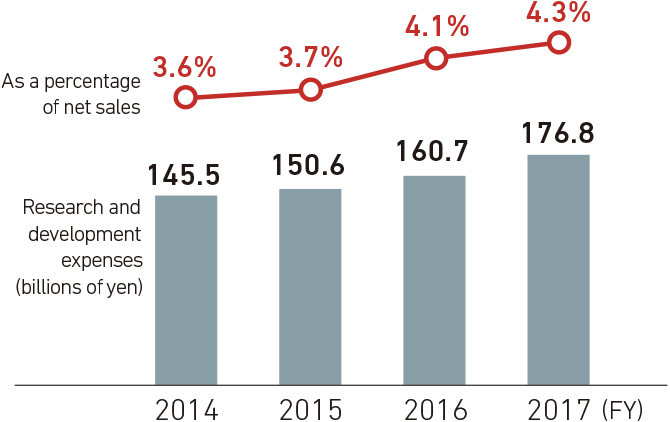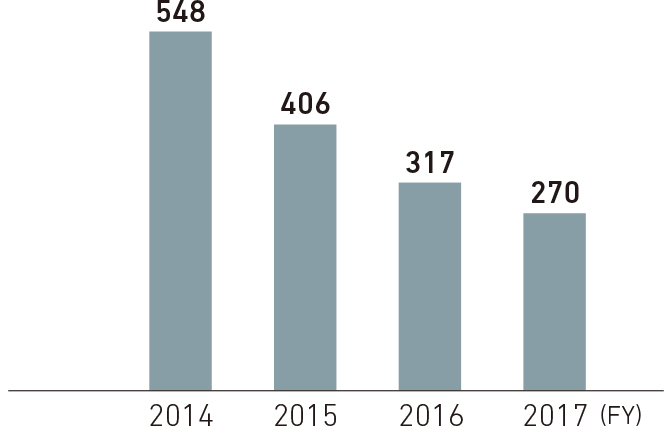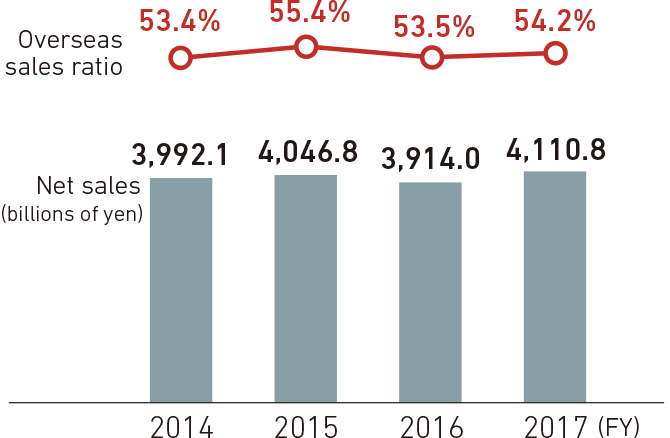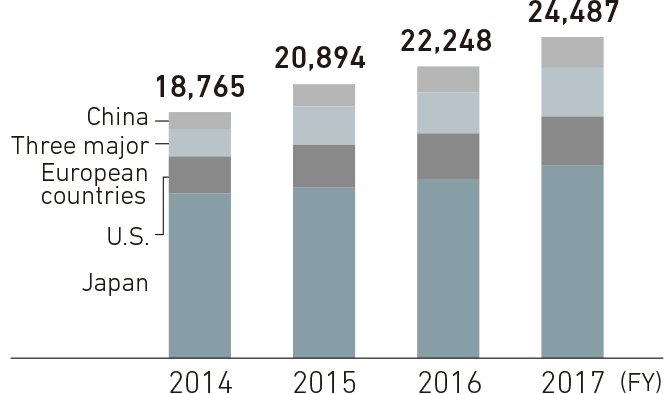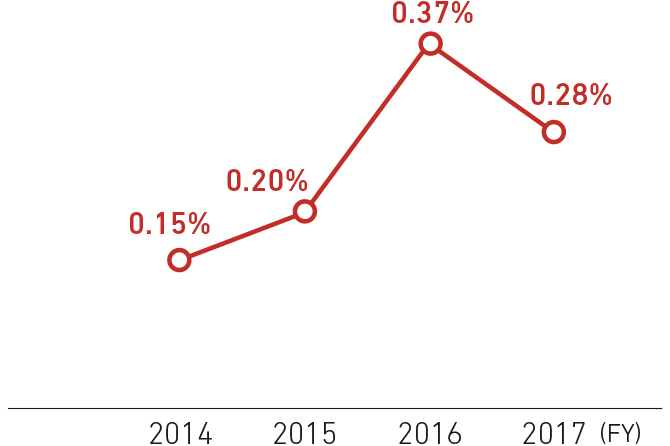FINANCIAL AND NON-FINANCIAL HIGHLIGHTS
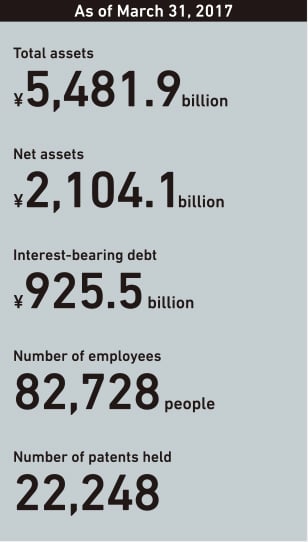
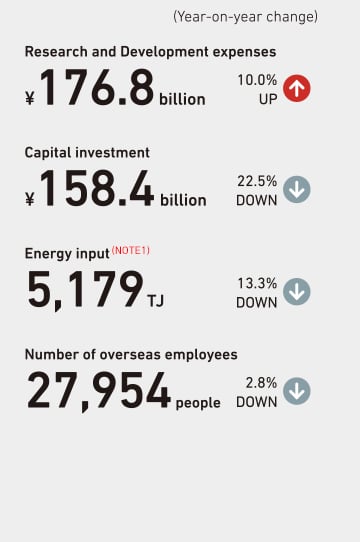
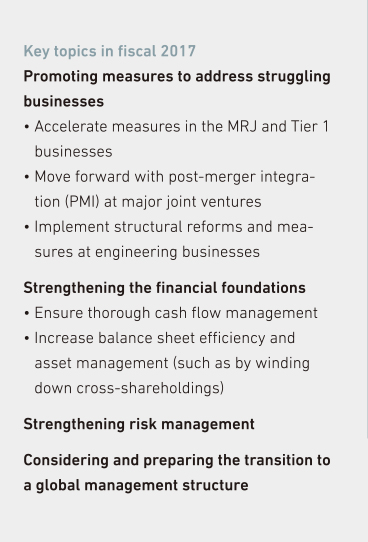
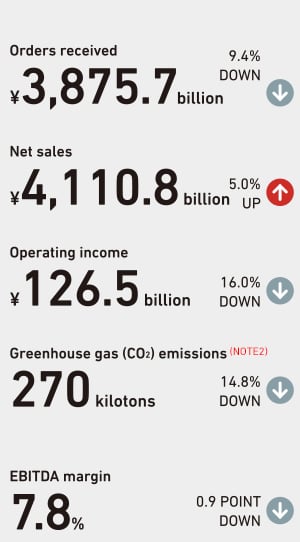
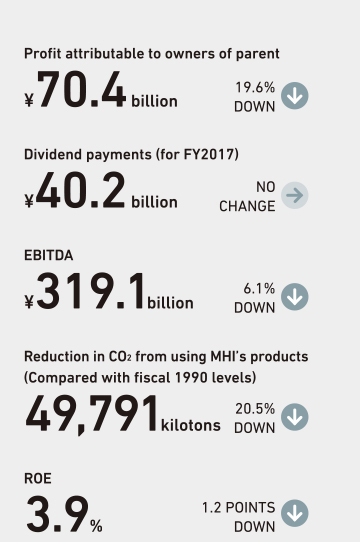
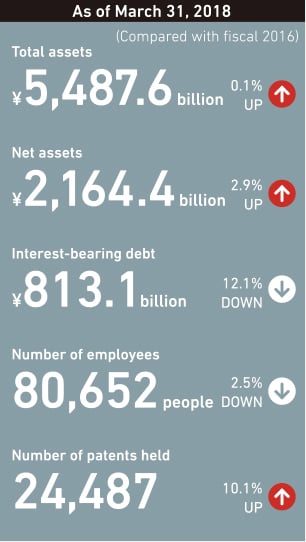






Initiatives Addressing Material ESG Issues
An Optimal Governance Structure Based on Our Corporate Culture
- An optimized organization to continually contribute to society through business
- The assurance of fair operating practices and appropriate labor practices
• Enhance transparency (assure universality)
• Enhance disclosure and stakeholder engagement
KPI:Number of whistleblowing cases
We have established the MHI Whistleblowing Hotline, which is available to all employees, including those of Group companies, and the MHI External Whistleblower Hotline. The Compliance Committee secretariat promptly investigates and responds appropriately to all reports made to these hotlines.
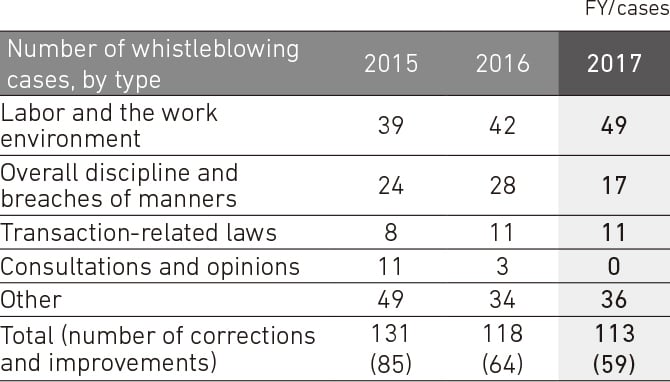
The Use of Global Human Resources
- The attraction and development of human resources with the ability to respond to globalization
- Diversity and equal opportunity, including the empowerment of female employees
KPI:Number of female managers(NOTE)
In July 2014, MHI set a target to increase the number of the Company's female managers (in positions of section manager and higher) threefold from the current level by 2020, and is promoting the active participation of women in the workplace in conjunction with its pursuit of diversity management.
(NOTE)People in positions of section manager or higher as of April 1 of each year. In principal, figures are for MHI and Mitsubishi Hitachi Power Systems, Ltd.

Response to Mega Trends
- Innovation and quality control to meet global needs
- Enhanced safety and security, including improved information disclosure and transparency
